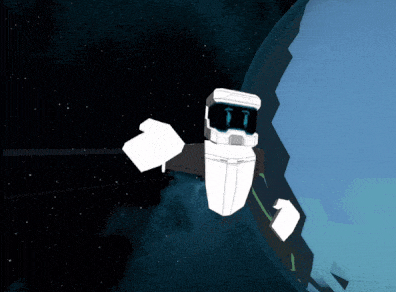Teaching observing and interpreting astronomical phenomena can be an exciting and engaging way to introduce students to the mysteries of the universe.
By providing hands-on experiences and interactive activities, our teachers, with the help of VR, can help students better understand and appreciate the complexity and beauty of the cosmos.
One approach to teaching this subject is to use drawings or hand-made models that allow students to explore different astronomical phenomena, but with Immersed, we can introduce an entirely new virtual environment. For example, using virtual reality, students can travel through the solar system and visit different planets, observing their features and characteristics. They can also watch the earth rotate around the sun, observing the changes in the length of days and seasons.
In addition to these activities, our teachers use VR to help students learn about astronomical phenomena, such as the phases of the moon and how they change over time, and study that causes these eclipses and how they occur. These resources can provide students with a deeper understanding of the concepts and ideas behind these phenomena, and can also help to spark their curiosity and inspire them to learn more.
VR can help students better understand and appreciate the complexity and beauty of the cosmos.
Overall, teaching observing and interpreting astronomical phenomena can be a rewarding and engaging experience for both students and teachers. By using interactive and hands-on activities, as well as multimedia resources, teachers can help students better understand and appreciate the complexity and beauty of the cosmos.





